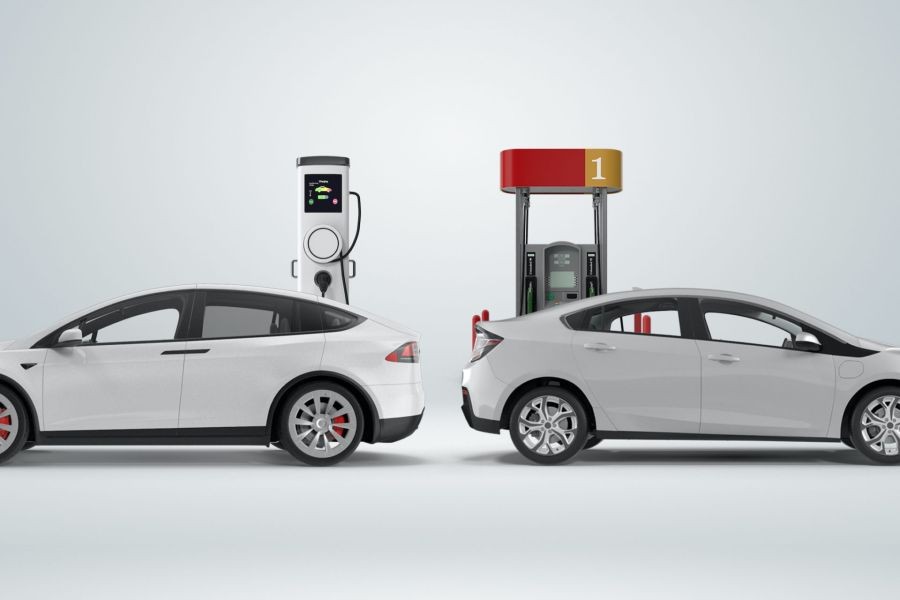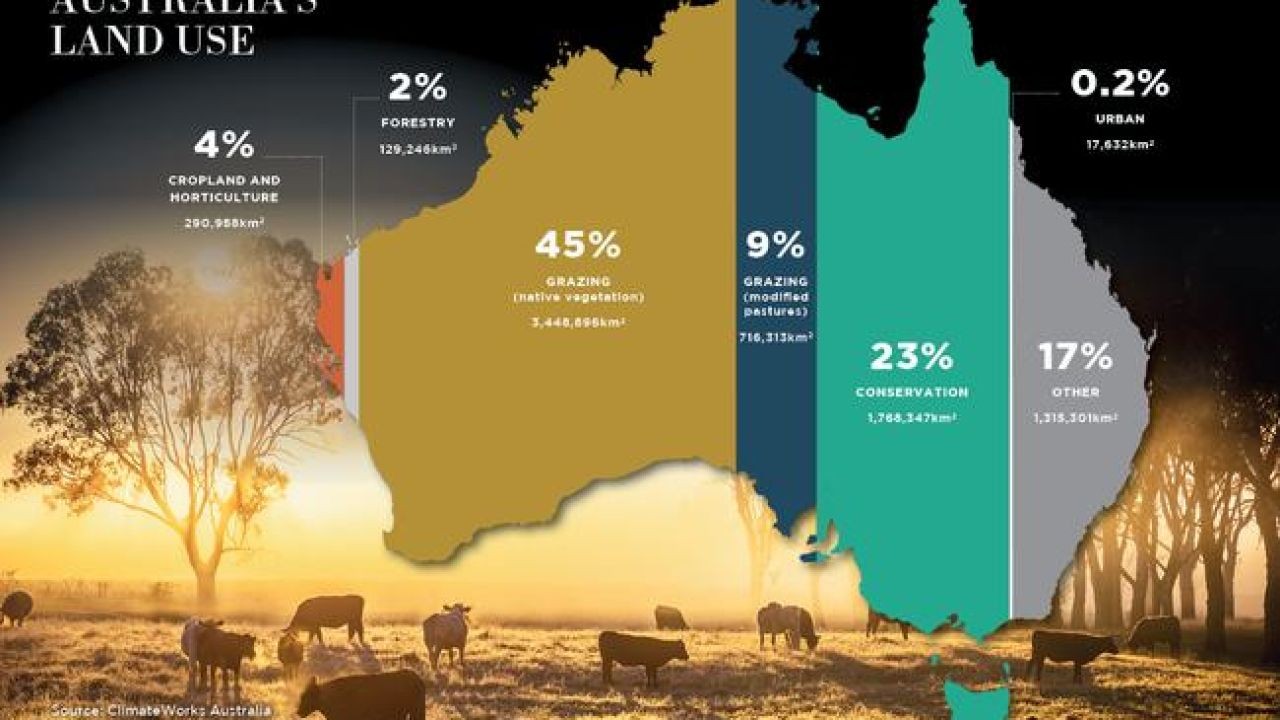Electric vehicles (EVs) and hybrid cars are at the forefront of Australia’s automotive revolution, promising a future of cleaner, more efficient transport. With the nation pushing towards its goal of net-zero emissions by 2050, the choice between EVs and hybrids becomes crucial for both consumers and policymakers. This article delves into the benefits and drawbacks of each option, offering insights tailored for Australian drivers.
Understanding EVs and Hybrids: A Quick Overview
Electric vehicles run entirely on electric power, drawing energy from rechargeable batteries. In contrast, hybrid vehicles combine a traditional internal combustion engine with an electric propulsion system. Australia has witnessed a steady rise in EV adoption, with the Australian Bureau of Statistics reporting a 65% increase in EV sales in 2022. However, hybrids remain popular for those cautious about range and charging infrastructure.
Pros and Cons of Electric Vehicles
Pros:
- Environmental Impact: EVs produce zero tailpipe emissions, significantly reducing urban pollution levels.
- Running Costs: Lower fuel costs and reduced maintenance make EVs economically attractive.
- Government Incentives: Australian states offer subsidies and rebates to encourage EV purchases, enhancing affordability.
Cons:
- Charging Infrastructure: Despite improvements, Australia’s charging network is still expanding, posing challenges for long-distance travel.
- Initial Cost: Higher purchase prices can deter potential buyers, although costs are decreasing.
- Battery Longevity: Concerns about battery lifespan and replacement costs persist among consumers.
Pros and Cons of Hybrid Vehicles
Pros:
- Fuel Efficiency: Hybrids offer excellent fuel economy, reducing overall fuel expenditure.
- Range Anxiety Mitigation: The combination of fuel and electric power alleviates range concerns, ideal for long-distance travel.
- Lower Emissions: While not zero-emission, hybrids significantly cut greenhouse gas emissions compared to conventional cars.
Cons:
- Complexity: More complex systems can lead to higher maintenance costs and potential repairs.
- Lower Incentives: Government benefits are typically more generous for EVs than hybrids.
- Environmental Benefit: While improved, hybrids still emit more pollutants than fully electric vehicles.
Regulatory Landscape and Australian Context
Australia’s push towards reducing carbon emissions is supported by several regulatory initiatives. In 2023, the Australian Competition & Consumer Commission (ACCC) increased its focus on promoting sustainable vehicle options, ensuring transparency in fuel efficiency claims. Additionally, the Australian Government's Electric Vehicle Strategy outlines plans to improve infrastructure, providing a conducive environment for EV adoption.
According to the Reserve Bank of Australia, the economic benefits of transitioning to electric vehicles could be substantial, with potential savings in health costs and environmental benefits valued at billions annually. As Australia continues to develop its renewable energy sector, the synergy with EV adoption could lead to a more sustainable transport future.
Case Study: Tesla in Australia
Case Study: Tesla – Leading the Charge in Australia
Problem: Tesla entered the Australian market with the challenge of overcoming consumer skepticism regarding EV range and infrastructure.
Action: Tesla focused on expanding its Supercharger network across Australia, ensuring that major travel routes were covered. It also launched promotions highlighting lower ownership costs and environmental benefits.
Result: Within two years, Tesla saw a 40% increase in sales, with its Model 3 becoming one of the best-selling EVs in Australia. The brand's commitment to infrastructure development significantly boosted consumer confidence.
Takeaway: Tesla’s success underscores the importance of robust infrastructure and consumer education in increasing EV adoption. Australian businesses can learn from Tesla’s approach by prioritizing infrastructure alongside product offerings.
Future Trends and Predictions
As Australia progresses towards a greener future, EV adoption is expected to accelerate. By 2030, Deloitte projects that over 50% of new car sales in Australia will be electric. This shift will be driven by advancements in battery technology, reduced costs, and increasing environmental awareness.
Moreover, as more charging stations become available and battery ranges increase, consumer confidence in EVs will grow. The Australian government's continued support through incentives and policy frameworks will play a pivotal role in this transition.
Conclusion
For Australian drivers, the decision between an EV and a hybrid hinges on individual needs and priorities. While EVs offer long-term environmental and economic benefits, hybrids provide a balanced approach for those concerned about infrastructure and range. As the country moves towards a sustainable future, both options present viable pathways to reducing carbon footprints and embracing cleaner transport.
People Also Ask (FAQ)
- How does EV adoption impact Australia's economy? EV adoption could save Australia billions in health and environmental costs, enhancing economic sustainability.
- What are the biggest misconceptions about EVs? A common myth is that EVs have limited range. However, advances in battery technology now offer over 400 km per charge.
Related Search Queries
- Electric vehicles in Australia
- Hybrid vs. electric cars pros and cons
- EV charging infrastructure Australia
- Australia's electric vehicle incentives
- Future of transportation in Australia































WillaSchot
8 months ago